1. Hebrew Is the Holy Tongue
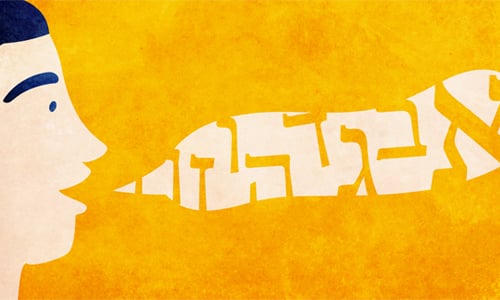
Hebrew is traditionally referred to as Lashon Hakodesh (the Holy Tongue). Why is this? Maimonides says it is because the language lacks words to describe lewd acts and private body parts. Nachmanides, however, says that it is because this is the language that G‑d used to communicate His will through the prophets.
2. Hebrew Is The Language of the Bible—Almost
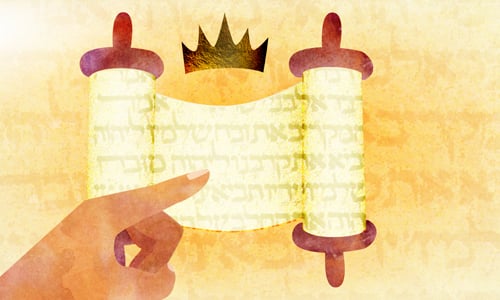
The vast majority of the Hebrew Bible (Tanach) is written in Hebrew. (Some of the last books of the Bible, Daniel and Ezra, contain significant chunks of Aramaic, the lingua franca of the Jewish people during their Babylonian exile.)
3. Can You Say “Yes” in Hebrew?
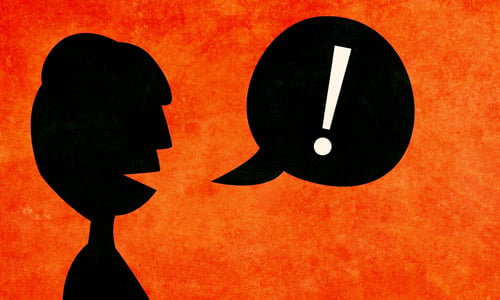
Hebrew has evolved over time. In Modern Hebrew (Ivrit), lo is “no” and ken is “yes.” In Mishnaic Hebrew (which was current around 2,000 years ago), the word for “yes” was hen. And going back to Biblical Hebrew, it does not appear that there was any word at all for “yes.” In its biblical context, ken means “so” and “true,” but not plain old “yes” as the word is used today.
4. Shalom Means More than Just Peace in Hebrew
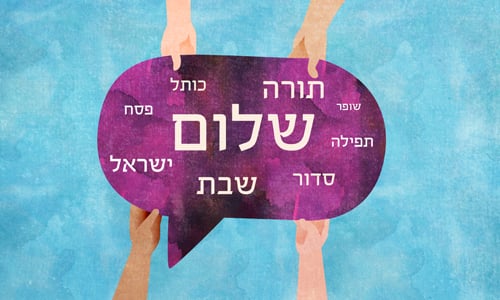
Perhaps the best-known word in Hebrew today is shalom, which means peace. However, the word means much more than that. It can be used for both “hello” and “goodbye” and has other meanings as well. A slightly modified form, shalem, means “perfect” or “complete,” since as long as there is no peace, no one is complete and no one may be content.
Read: What Does Shalom Mean?
5. Hebrew Accents Matter

Going back to ancient times, there have always been variant dialects of Hebrew. Indeed, the Bible recounts that the people of Ephraim could not say the “sh” in the word shibolet (“sheaf”), instead saying “sibolet.” Thus, in a time when Ephraim was at war with the rest of Israel, anyone who could not pronounce the word was identified as an Ephraimite.1 In more recent centuries, certain Jewish communities in Lita (Jewish Lithuania) could not either say “sh” and therefore referred to “Sabbos” (“Shabbat”), “Smuel” (Shmuel), etc.
And that is but one minor difference that sets aside just a few communities. There are many more sweeping differences that render the same word almost unrecognizable. For example, a Sepharadi may refer to the holiday of sue-COAT, an Ashkenazi may refer to SICK-kiss or SUE-kiss (there are many subdialect within both Ashkenaz and Sepharad). However, under the veneer of these easy-to-master differences, it is the same word and the written language is identical.
6. One Hebrew Word = 5 English Words

Hebrew words are comprised of 2- or 3-letter root words to which prefixes and suffixes can be added. Thus, one Hebrew word with several prefixes and suffixes can equally relay what 5 words in English would. For example, ויוציאנו means “and he took us out.” For this reason, as any Hebrew-English translator can tell you, several hundred Hebrew words often run into the thousands when translated into English.
7. Hebrew Is the Language of Prayer

Prayer is a big part of Jewish life. We pray three times on a regular day, four times on Shabbat and holidays, and five times on Yom Kippur. The lion’s share of these prayers are in Hebrew. That’s why Jewish children are often taught to read Hebrew even before they are able to understand the language (note that the sages advise us to teach Hebrew comprehension first).
Read: Do I Need to Pray in Hebrew? and What Is Jewish Prayer?
8. The Hebrew Vowels Are a Big Deal
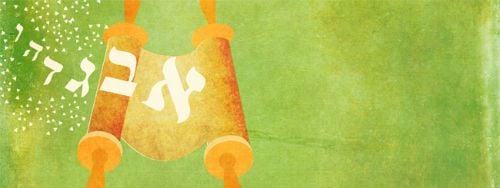
The 22 letters of the Hebrew alphabet are all consonants. Thus, the reader makes use of a system of dots and dashes (called nekudot), which surround the letters and provide the necessary vowelization. These nekudot are standard in the prayer book and other basic texts. However, neither the Torah nor the Talmud (nor most Hebrew literature) have nekudot. So how are they to be understood? It’s kind of like riding a bike without training wheels. You just need to get used to it.
9. The Great (Almost) Revival of Hebrew
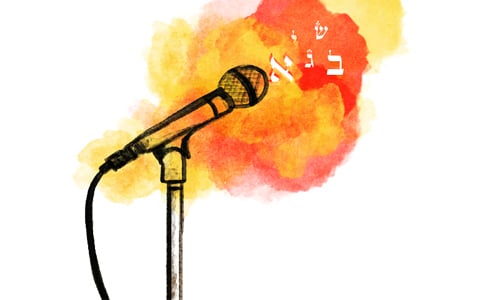
In the late 19th century, Zionist leaders decided to “revive” the Hebrew language (which had not been used commonly in everyday speech for more than 1,000 years) to be the official Jewish language in the Land of Israel. To do so, they combed the Bible and Talmud for precedents as they searched to find words to populate their new language. They succeeded in creating Modern Hebrew, a feat unrivaled in the history of civilization. However, the language is significantly different from Biblical Hebrew in syntax and pronunciation (which is a simplified hybrid of Ashkenaz and Sepharad), and many maintain that the new language is not the same as Lashon Hakodesh, the Holy Tongue.
10. Hebrew Is the Language of Creation

We read in Genesis 1 that G‑d spoke 10 utterances and created the world. These were said in the Hebrew language. In this way, the letters and words of the Hebrew language are the conduits through which the raw Divine energy was channeled into every aspect of creation we see today. Even now, say the kabbalists, G‑d constantly recreates the world anew, and each creation receives its vitality through its Hebrew name.






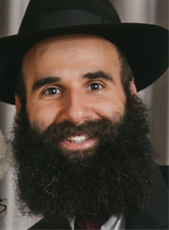

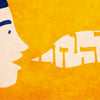


Join the Discussion